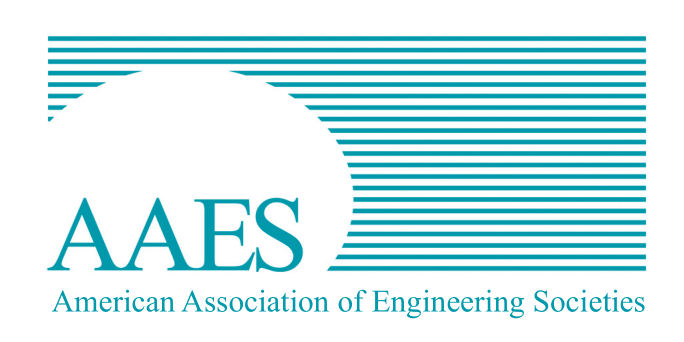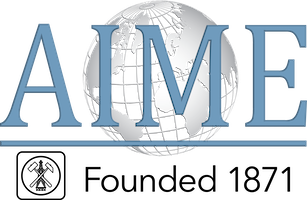
AAES and the U.S. Department of Labor Publish New Engineering Competency Model
Article Template
Suggested Channels
· Magazines/journals
· Website
· E-Newsletters
AAES Celebrates the Release of the Engineering Competency Model
|
“The Engineering Competency Model has the potential to unite the profession on the fundamental requirements that engineers will need to solve the global challenges we are facing.” — Jerry Carter, CEO, National Council of Examiners for Engineering and Surveying |
The American Association of Engineering Societies (AAES) and its Lifelong Learning Working Group (“working group”) are pleased to announce the release of the Engineering Competency Model (“the model”). The working group identified developing a competency model as a key priority to help educators, employers, professionals and future engineers understand the knowledge and skills needed to thrive in the workplace. The working group partnered with the U.S. Department of Labor’s Employment and Training Administration to build the model and provide a universal template for the knowledge, skills and abilities necessary not only for entering the engineering profession but also for maintaining competency and proficiency during one’s career.
A Framework for the Engineering Profession
The Engineering Competency Model is designed to establish a more consistent guideline for the profession. The model is intended for use by
· Industry leaders, employers and human resource professionals, to identify skill needs and assess competencies and performance
· Educators/academics, to inform the development of competency-based curricula and training
· Workforce professionals and career counselors, to develop resources for career exploration and guidance
· Current and future engineers, to gain a clear understanding of the skills and abilities necessary to enter, advance and succeed in the industry
At its core, the Engineering Competency Model is a four-tier model that uses a pyramid to depict the required key competencies. Tiers one through four include personal, academic, workplace and technical competencies that are common to the engineering profession. There is an opportunity to adopt the model and apply a fifth tier to include discipline-specific competencies. Tier six, a final optional tier, is divided into two areas: competencies needed for management and occupation-specific requirements for a particular position within the engineering profession. The graphic shown below lists the different competencies within each tier. The online model has more-detailed explanations of each of those competencies.

Engineering Competency Model Development Process
To begin development of the model, the U.S. Department of Labor’s Employment and Training Administration assigned a dedicated research team to oversee the project, and members of the Lifelong Learning Working Group provided the team with a vast amount of background information to review, including ABET accreditation criteria, bodies of knowledge from various engineering societies, the Project Lead the Way outline, and curricula and related resources from academic institutions around the country. The working group also identified subject matter experts from AAES member societies, which represent industry and academia, to assist the research team in developing and critiquing the draft model through a series of webinars designed to gather feedback and further refine the draft.
Throughout the development of the Engineering Competency Model, the working group sought to gather feedback and input from stakeholders across the engineering community, from educators of future engineers to those who employ engineers. A webinar was held in February for AAES member societies and other stakeholders to explain the development process, discuss how the model could be a useful tool for engineering-related societies in the future, and get feedback on the preliminary draft. The working group also distributed a survey to solicit feedback from the engineering community and gathered input from over 100 engineering leaders, which was used to inform updates and revisions to the model.
In April, the working group and the Department of Labor’s Employment and Training Administration held a Validator’s Meeting with the subject matter experts, representatives from AAES member organizations, and other members of the engineering community to gather additional insight and finalize the Engineering Competency Model. Additionally, the model has been endorsed by AAES’ representative body, the General Assembly.
The Engineering Competency Model is now available through the Department of Labor’s Competency Model Clearinghouse website (http://www.careeronestop.org/CompetencyModel/competency-models/engineering.aspx). There, you can view competency models for other industries and learn more about the development process. You can find more information about the work of the AAES Lifelong Learning Working Group at http://www.aaes.org/working-groups#lifelong.

